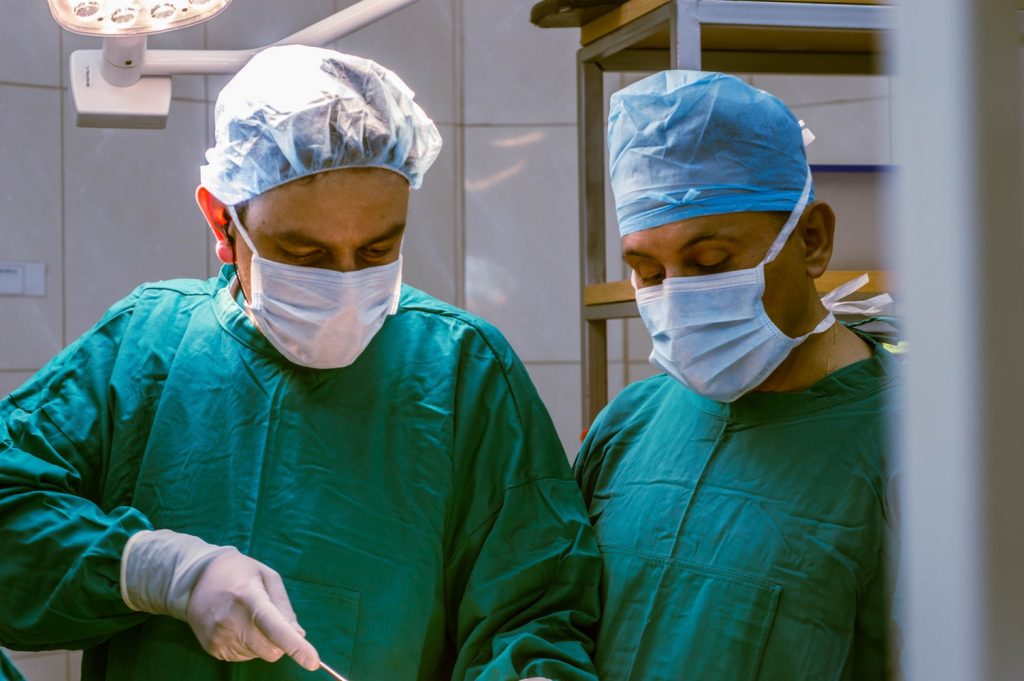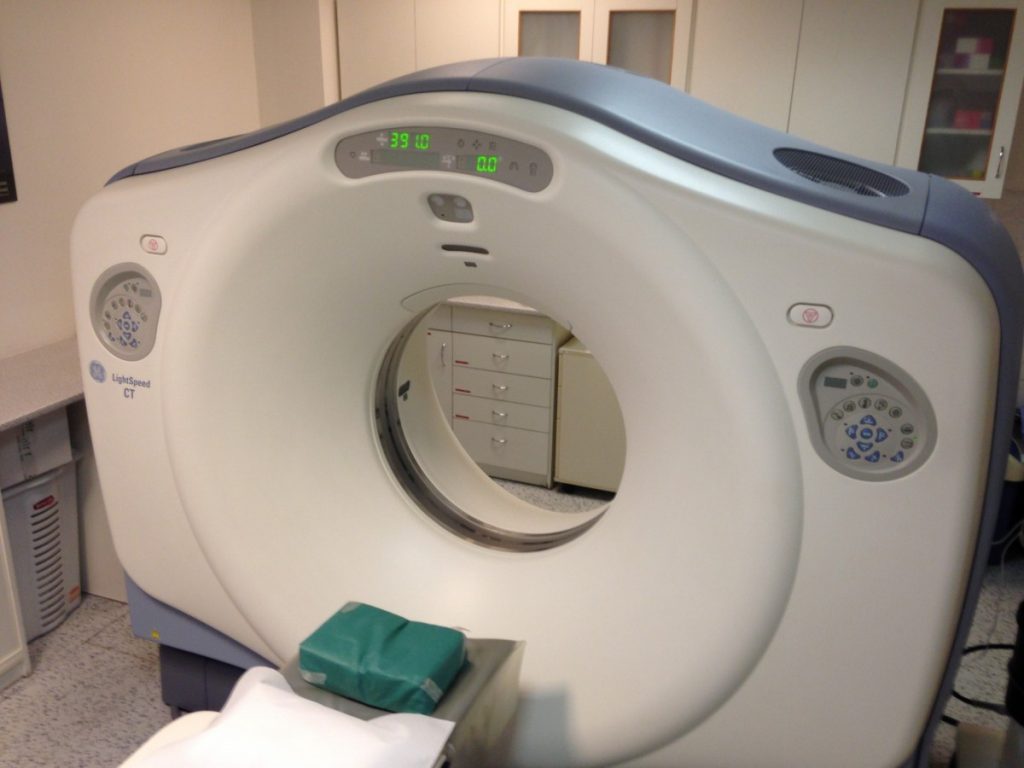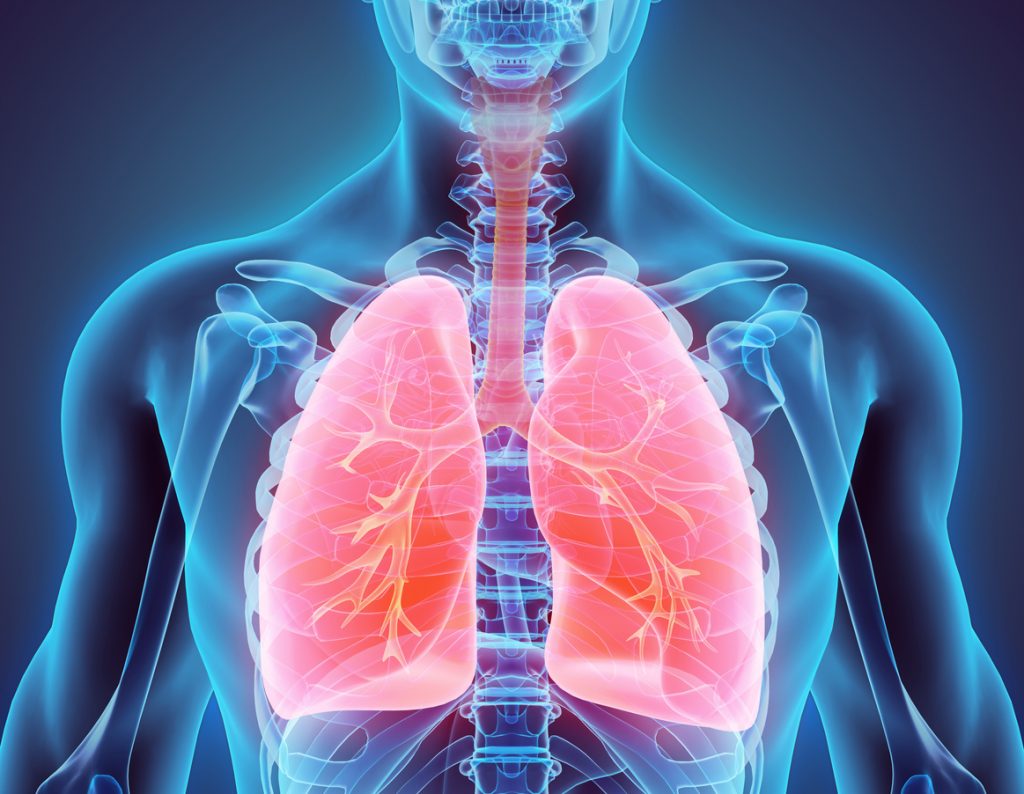To determine the effectiveness of nasal continuous positive airway pressure (CPAP) therapy for the treatment of obstructive sleep apnea syndrome.
Official Title
– Lung Diseases- Sleep Apnea Syndromes- Sleep
Conditions
Study Type
Interventional
Study Design
Treatment, Randomized
Further Details
BACKGROUND: Nasal continuous positive airway pressure (CPAP) therapy is in widespread use as the primary treatment for the obstructive sleep apnea syndrome (OSAS), a sleep-related breathing disorder affecting more than 15 million Americans. The therapeutic effectiveness of CPAP in providing significant, stable, and long-term neurocognitive or other functional benefits to patients with OSAS has not been systematically investigated.DESIGN NARRATIVE: The study is a randomized, blinded, sham-controlled, multi-center trial of CPAP therapy. The principal aims of the study are: 1) to assess the long-term effectiveness of CPAP therapy on neurocognitive function, mood, sleepiness, and quality of life by administering tests of these indices to subjects randomly assigned to active or sham CPAP; 2) to identify specific neurocognitive deficits associated with OSAS in a large, heterogeneous subject population; 3) to determine which deficits in neurocognitive function in OSAS subjects are reversible and most sensitive to the effects of CPAP; 4) to develop a composite multivariate outcome measure from the results of this study that can be used to assess the clinical effectiveness of CPAP in improving neurocognitive function, mood, sleepiness, and quality of life; and 5) to use functional magnetic resonance imaging to compare cortical activation before and after CPAP therapy, and to assess whether this change is associated with improvement in specific neurocognitive task performance. The primary endpoint of the study is the effect of six months of CPAP treatment on neurocognitive function. A total of 1050 subjects (525 per treatment group) will be enrolled from the patient populations at five sites (Stanford University; University of Arizona; Harvard Medical School; St. Luke’s Hospital, Missouri; St. Mary’s Hospital, Washington).
Study Start
Eligibility & Criteria
18 Years and above, Genders Eligible for Study: BothInclusion CriteriaMale or female adults age 18 years or older with a diagnosis of obstructive sleep apnea syndrome (OSAS) using clinical criteria defined by the study protocol.Study participation may require seven or more laboratory visits over six months.Exclusion CriteriaPrior treatment for OSAS with continuous positive airway pressure or surgery.Potential sleep apnea complications that may affect the health or safety of the participant including low blood oxygen, recent near-miss or prior automobile accident due to sleepiness, congestive heart failure, history of angina, coronary artery disease, myocardial infarction or stroke, and chronic neurological disorders affecting neurocognitive abilities or daily function.The use of hypnotics, anxiolytics, sedating antidepressants, anticonvulsants, sedating antihistamines, stimulants or other medications likely to affect neurocognitive function and/or alertness.Respiratory disease requiring medications (unless on stable medications for 2 months)Cancer, unless in remission for greater than one year and not taking exclusionary medicationsSelf-reported renal failure
Total Enrolment
Contact Details
[1] William Dement, Stanford University
All content and media on the HealthEngine Blog is created and published online for informational purposes only. It is not intended to be a substitute for professional medical advice and should not be relied on as health or personal advice. Always seek the guidance of your doctor or other qualified health professional with any questions you may have regarding your health or a medical condition. Never disregard the advice of a medical professional, or delay in seeking it because of something you have read on this Website. If you think you may have a medical emergency, call your doctor, go to the nearest hospital emergency department, or call the emergency services immediately.







